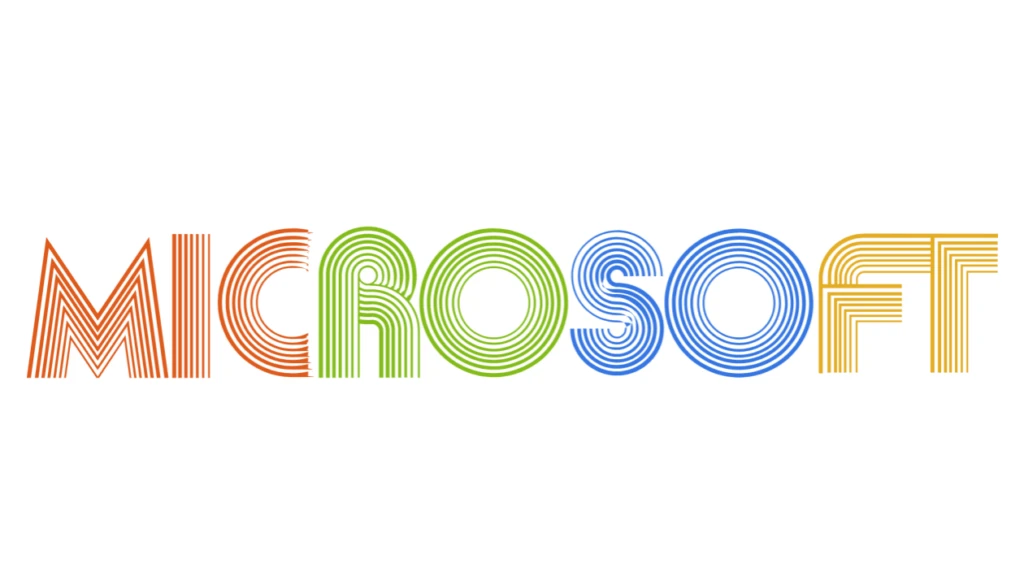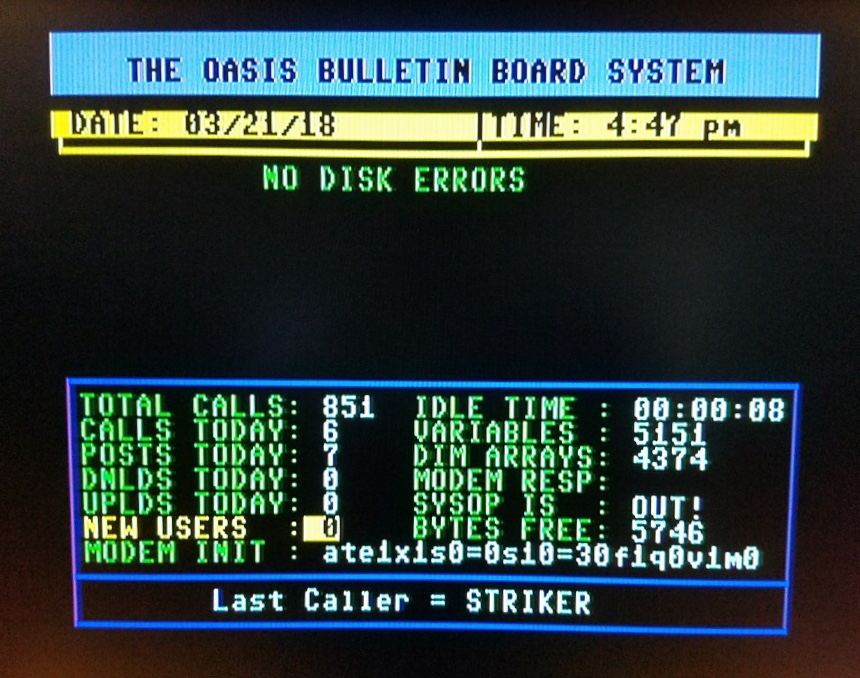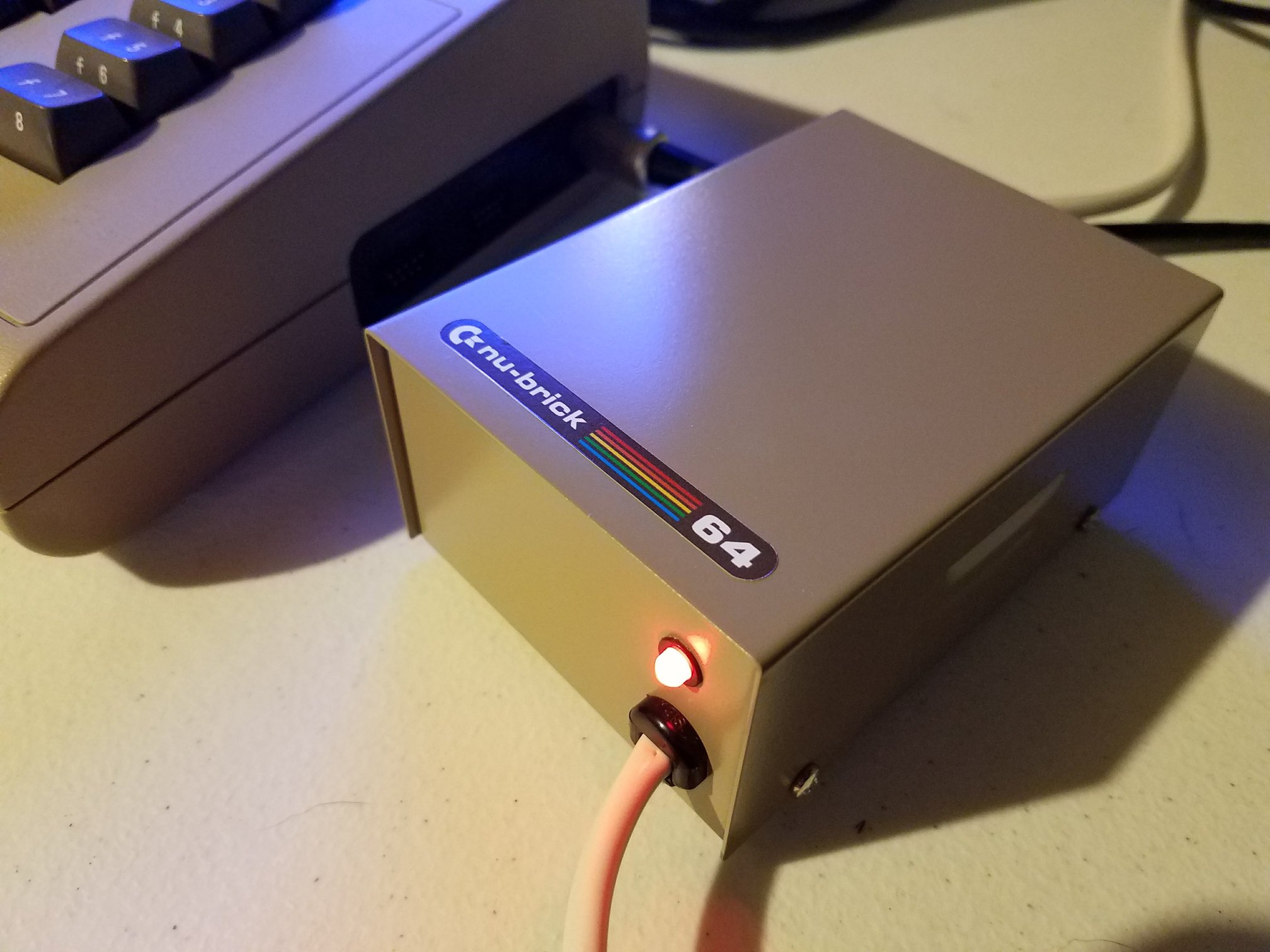Microsoft has made the original 6502 BASIC source code publicly available under the permissive MIT license. This interpreter, which once ran on the Apple II, Commodore PET, and countless other early machines, now finds new life in the open source community. The codebase dates back to 1978 and has been preserved by Microsoft’s Open Source Programs Office.
With the 6502 BASIC source now accessible, developers and hobbyists alike can study or build upon a piece of computing history that once powered machines with as little as 4KB of RAM. The code offers a rare window into the work of a small team that helped define what personal computing could become. Among the contributors are Bill Gates, Paul Allen, and Ric Weiland — names tied to early Microsoft projects, back when the company was still based in Albuquerque.
What’s in the Repository?
The GitHub repository includes the original source code for both the 4K and 8K versions of Microsoft 6502 BASIC, along with a variant referred to as the “Blue Version.” This code was written in 6502 assembly language, reflecting a time when memory was measured in kilobytes, not gigabytes.
To make the project usable today, Microsoft added modern annotations, a cross-assembler for building the binaries, and example outputs. They also included notes on the historical context and original build instructions, helping others recreate or analyze these builds.
Why It Matters Now
Open sourcing the 6502 BASIC source means more than releasing code. It brings forward the raw mechanics of an interpreter that helped users write their first programs. BASIC was often the first interface between a person and a computer in the late 70s and early 80s. This move helps preserve how early software worked before high-level abstractions took over.
The code shows how lean, low-level programming handled tasks like math, input, and string manipulation without relying on libraries or large operating systems. Students of software history can now explore exactly how Microsoft squeezed a usable programming environment into only a few kilobytes.
Open Source for Preservation
Microsoft’s decision follows a series of source releases tied to software preservation. Earlier releases included MS-DOS 1.25 and 2.0, as well as early versions of Word. The move to share the 6502 BASIC source continues this trend by offering tools to learn from the roots of software development rather than letting them disappear in archives or obscurity.
The company coordinated with the Computer History Museum and Vintage Computer Federation to verify authenticity. Notably, the source code had to be recovered from old paper printouts, since digital backups no longer existed.
Final Thoughts
This release is a rare gift for retro computing enthusiasts, programming historians, and anyone curious about how early software was constructed. Microsoft’s GitHub repo is live now, offering both raw code and useful build tools to anyone who wants to explore BASIC on the 6502 processor. Whether for education or experimentation, the archive is ready to be rediscovered.








